All products featured are independently chosen by us. However, SoundGuys may receive a commission on orders placed through its retail links. See our ethics statement.
AirPods connected but no sound? Here's how to fix that
November 27, 2024
AirPods connected but no sound in one or both ears? There are several fixes you can try. We’ll take a look at the most probable ones in a stepwise manner. These should work on all generations of AirPods, but if you have the latest model, make sure to check out our how to fix AirPods 4 article.
How to fix AirPods that are connected but there’s sound
AirPods connected but no sound? We’ll cover how to troubleshoot your AirPods whether you’re connected to an iPhone, Android device, MacBook, or Windows PC.
Do some preliminary checks
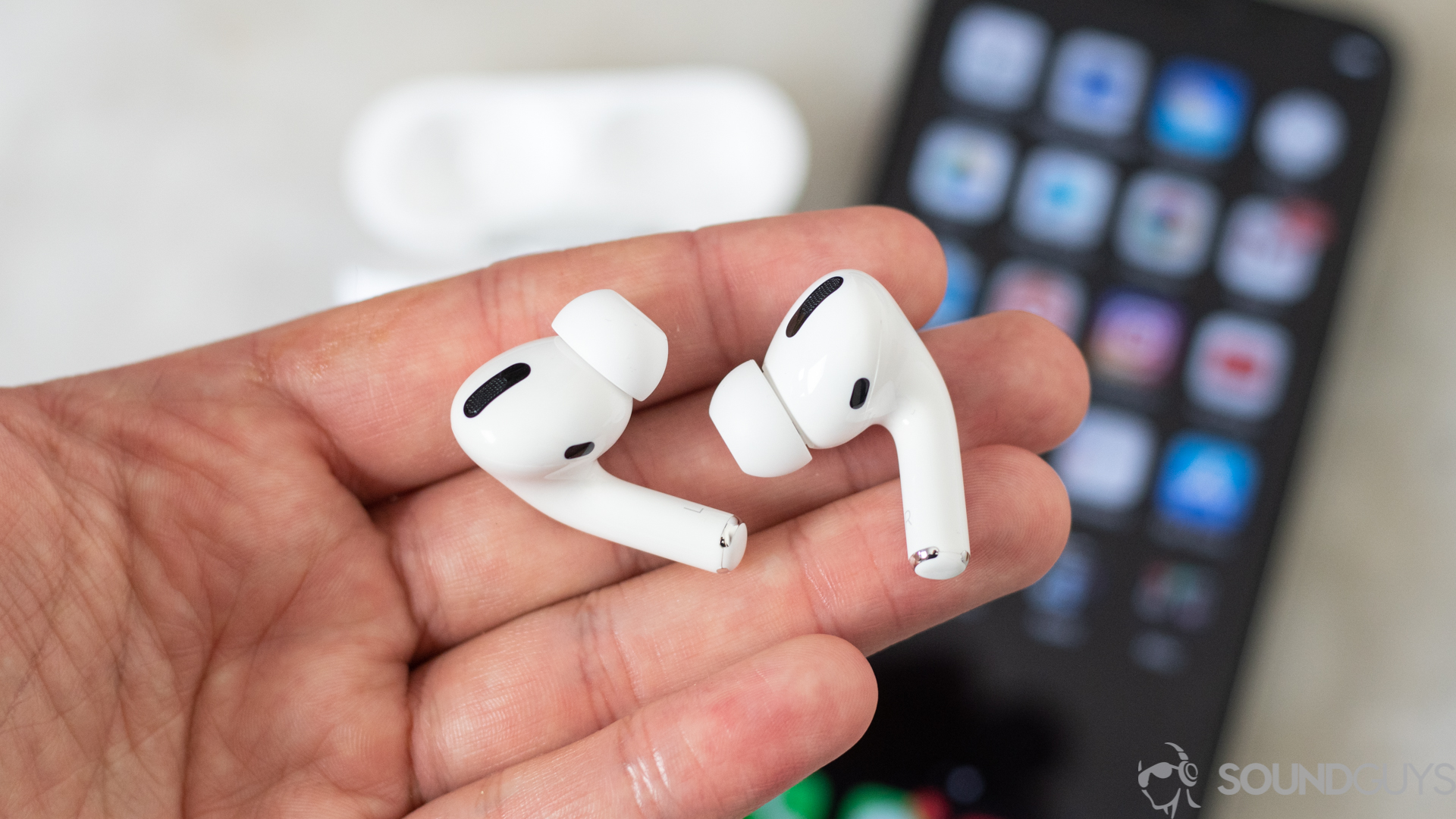
Before we get into direct fixes, you need to check a few minor things that might be interfering with the sound from your AirPods:
- Start by pressing your phone’s volume button to ensure your audio is not muted or turned off. You can also turn up your AirPods volume using Siri or AirPod touch controls. If it’s a Mac or Windows PC, use the volume controls on your keyboard.
- Next, ensure that your AirPods are not connected to another device. Check the Control Center on your iPhone or Quick Settings on Android to see if your AirPods are connected.
- Also, check the AirPods battery status to confirm they have juice, especially if only one earbud produces sound. If they’re low on power, charge them up and try again.
- Finally, ensure that your AirPods are not far from your audio source.
If the problem isn’t solved, try one of the fixes below.
Reconnect your AirPods
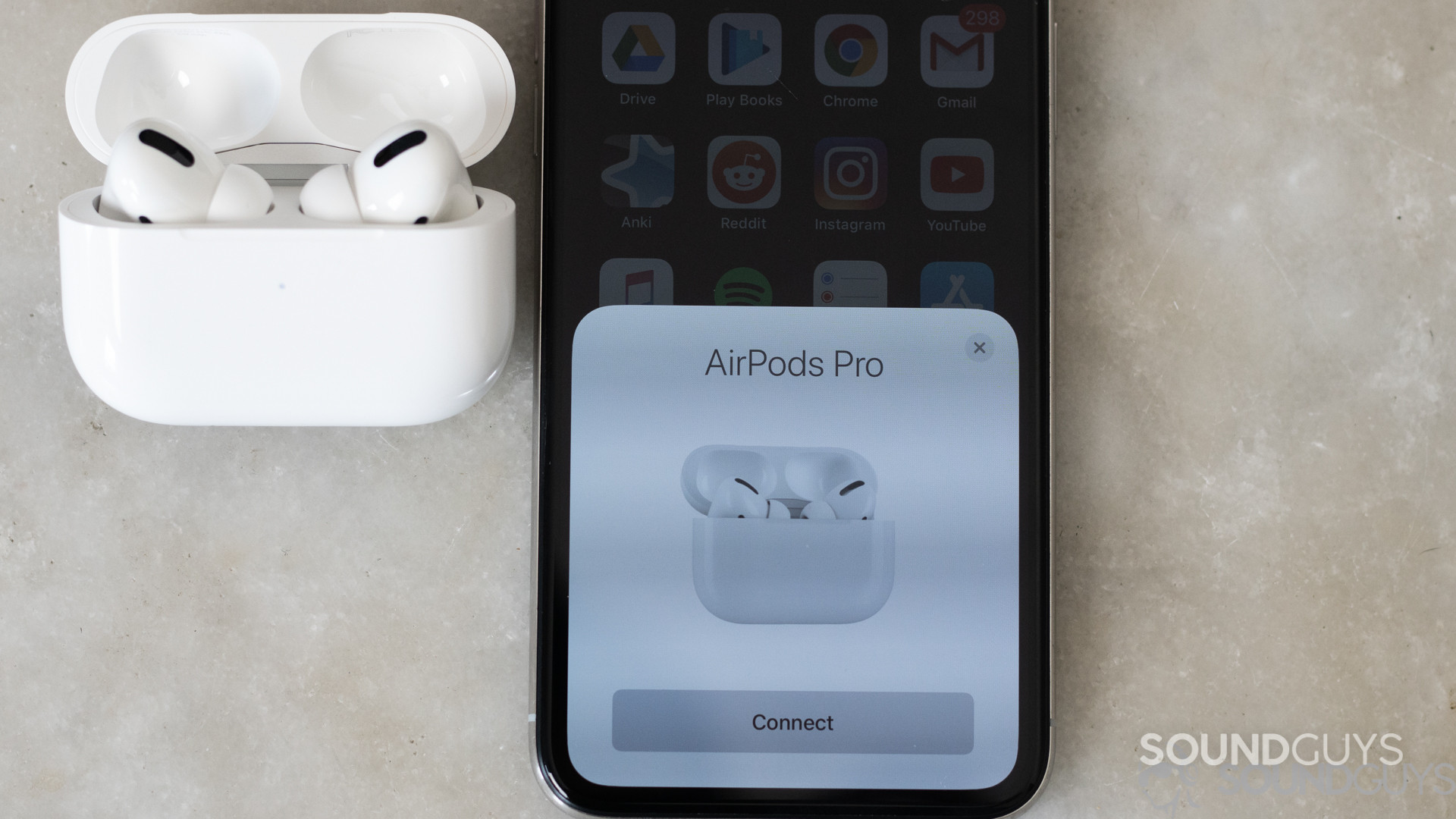
Your AirPods may fail to produce sound if there’s a problem during the pairing process. Disconnect them from your audio device and turn them off by putting them in their case and closing the lid. After some seconds, open the lid and reconnect to your Bluetooth device.
While reconnecting the AirPods, you can also turn your device’s Bluetooth off and on again. This should reestablish the connection without issues.
Forget and reset the AirPods
If reconnecting the AirPods doesn’t work, attempt a reset. It restores the earbuds and charging case to default settings and erases any bugs that may have caused them to stop working.
Here’s how to reset your AirPods:
- Put both AirPods in the case and close the lid.
- Go to Settings > Bluetooth on your iOS device and find your AirPods.
- Tap on the i icon next to the AirPods and tap Forget This Device.
- Open the case and press the system button for 15 seconds or until the LED blinks amber and white. If you have AirPods 4, you need to double-tap the front of the case three times to reset them, as they don’t have a physical system button.
You’ve successfully reset the AirPods. They will immediately go into pairing mode, after which you should see a pop-up message on your iPhone. Tap Connect.
You can reset AirPods on macOS by following these steps:
- Go to System Preferences.
- Click the Bluetooth icon to open the Bluetooth menu.
- Turn Bluetooth off, wait a few seconds, and turn it back on.
- Click the X button next to the AirPods and select Forget Device from the pop up box.
- Reset the AirPods following the steps outlined above and reconnect them to your device.
Note that reconnecting and resetting your AirPods should fix most problems, including sound issues. But if that doesn’t happen, try the next fixes.
Make AirPods the output device
Your phone may be prioritizing the wrong audio output device. Make your AirPods the default playback options by following these steps:
- Swipe down from the top right corner of your screen to open the Control Center.
- Tap the AirPlay icon (a triangle with three incomplete circles on top) in the top right. This shows your currently playing track, connected audio devices, and the chosen audio output.
- Select your AirPods from the options.
If you’re on a Mac:
- Go to System Preferences > Sound.
- Check the Output tab to see if your AirPods are selected. If they’re not, tap to select them.
On Windows 11:
- Click the speaker icon on the taskbar to open the quick settings.
- Click the speaker output icon next to the volume bar.
- Under Output device, select your AirPods.
Turn off Automatic Ear Detection
The automatic ear detection feature can glitch if it thinks the AirPods are not in your ears, causing the audio to stop. Disable it by following these steps:
- Go to Settings > Bluetooth > My Devices and select your AirPods.
- Tap on the i icon next to the buds to open the settings.
- Find Automatic Ear Detection and flip the toggle to the off position.
On a Mac:
- Go to System Preferences > Bluetooth.
- Find your AirPods under Devices and click Options next to them.
- Uncheck Automatic Ear Detection and click Done.
Check the volume limit
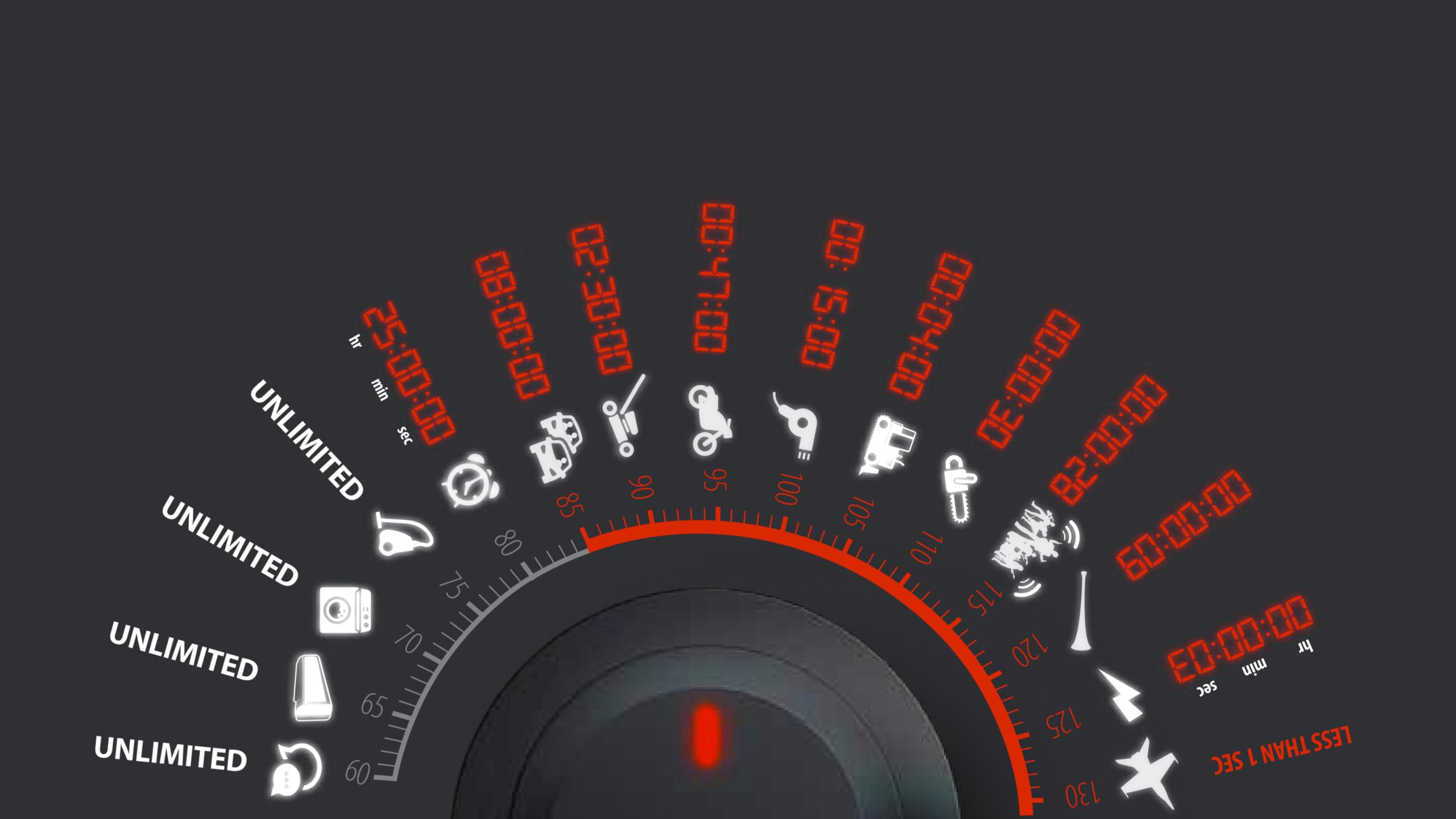
Volume Limit is a useful feature that lets you set a maximum volume for your AirPods. It’s off by default, but you may have inadvertently turned it on. Follow these steps to ensure it’s not set to the lowest volume:
- Go to Settings > Music > Volume Limit.
- Set the slider to the maximum or turn off the feature completely.
Restart your device
Your iPhone’s Bluetooth may be the source of the problem. A simple restart may fix the issue. If the audio device is an Android phone, MacBook or Windows PC, restart them as well.
Reset network settings
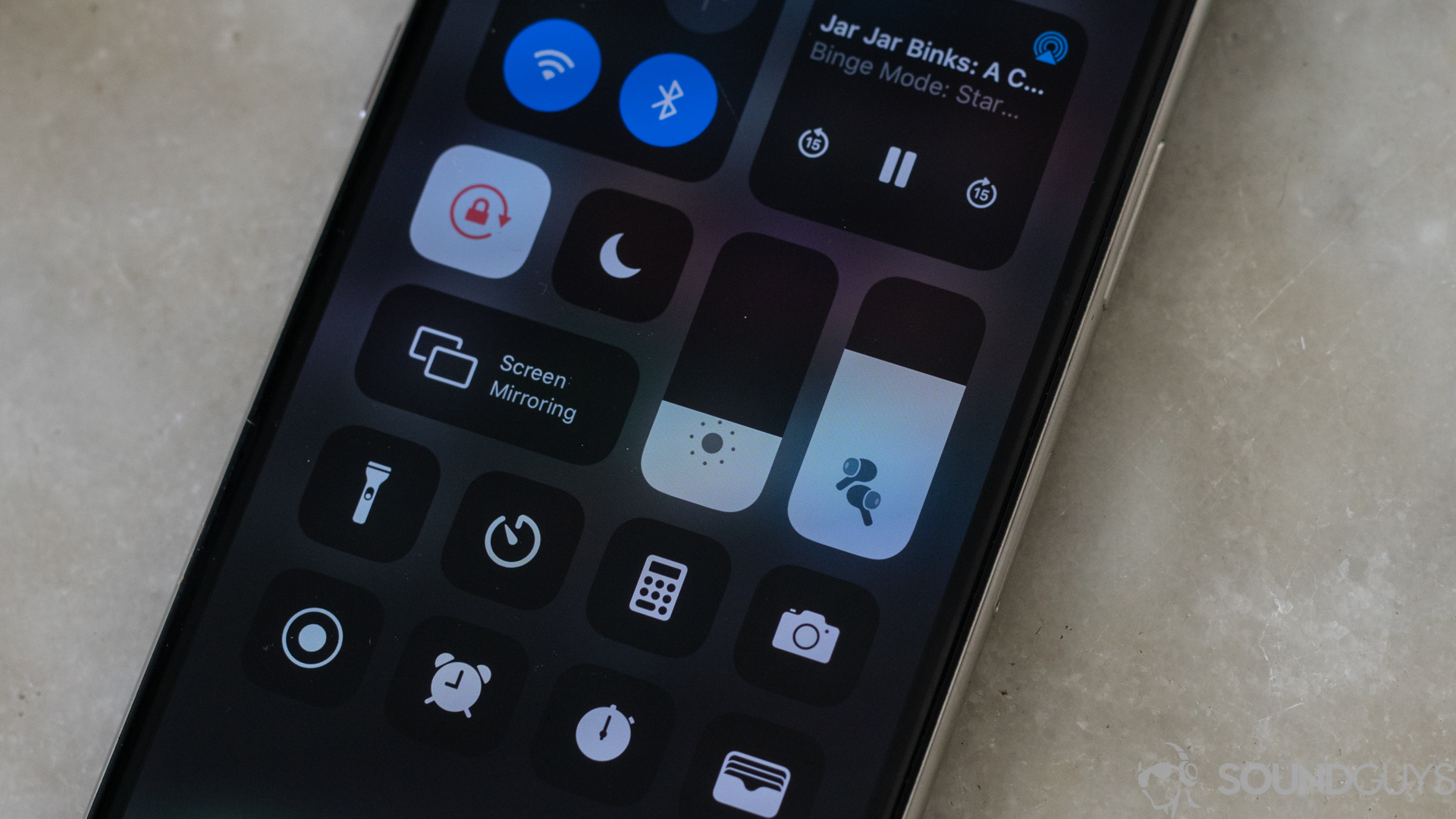
If there’s a problem with your device’s Bluetooth, resetting network settings can help correct it. Note that this will erase your Wi-Fi and VPN settings as well. Follow these steps on an iPhone:
- Go to Settings > General > Reset.
- Tap Reset Network Settings.
- Input your password and the device will start the process.
On macOS:
- Hold the Shift + Option keys.
- Click the Bluetooth icon in the menu bar at the top of the screen.
- Click Reset the Bluetooth module and confirm.
Inspect for wax build-up
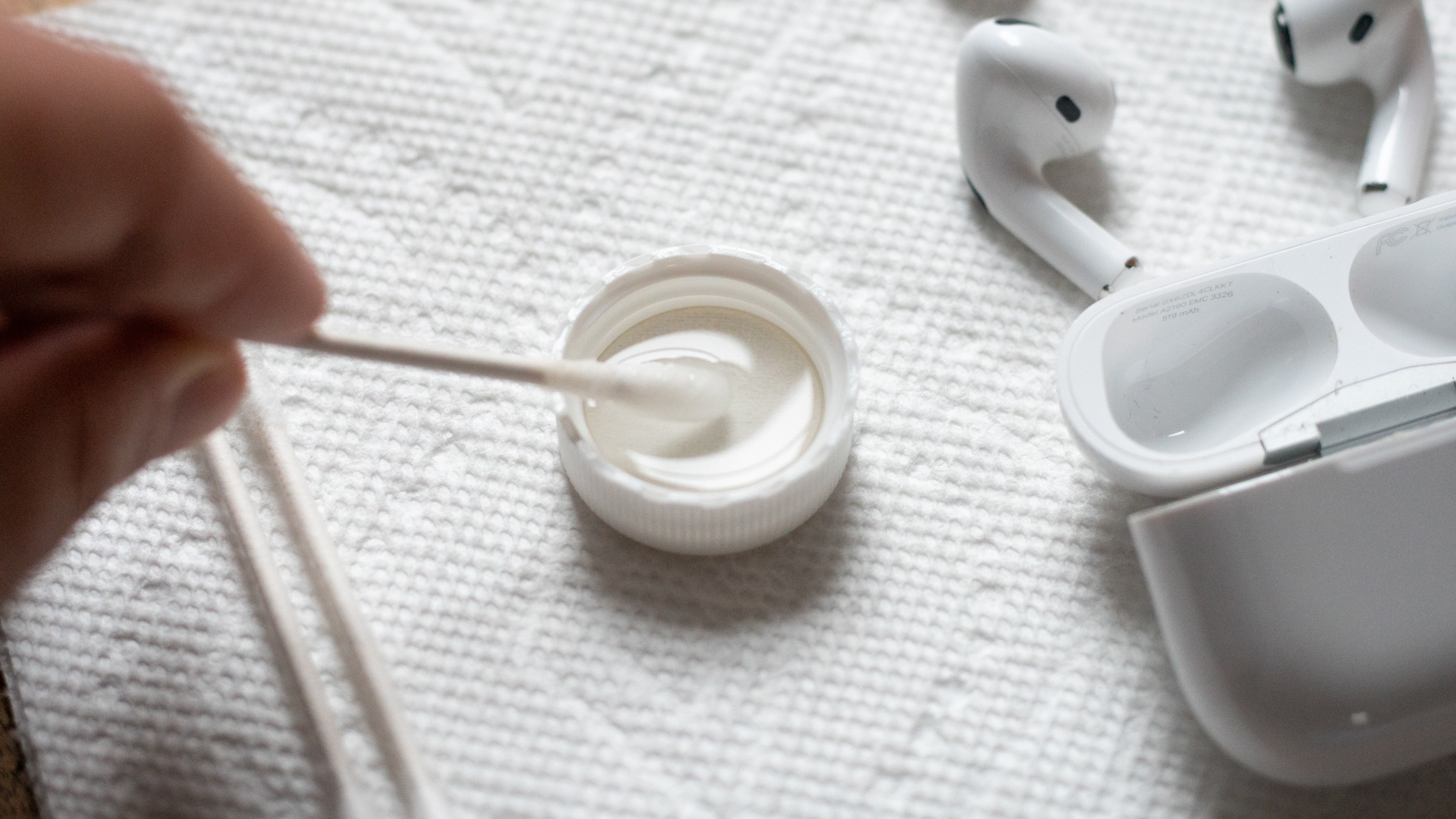
Wax build-up is unlikely to shut off your audio completely. But if the sound from your AirPods is unusually low, check the speaker grill for ear wax and dirt and clean it. See our guide on how to clean your AirPods.
Update the AirPods firmware
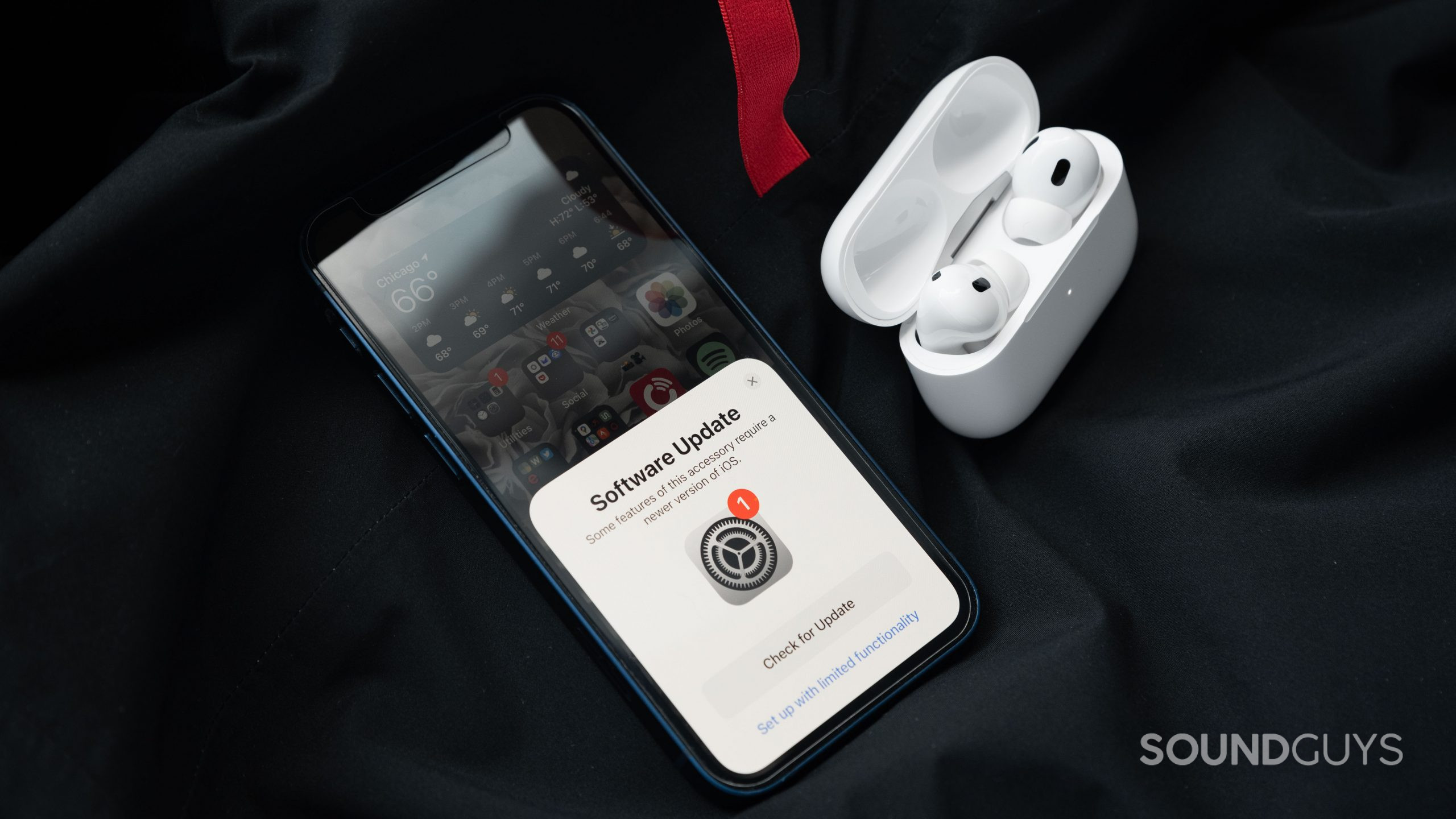
If the glitch is from a software problem, Apple may have released an update to fix it. Your AirPods will automatically install available updates but you can improve the chances of this happening by pairing the AirPods with your iPhone, iPad, or mac and turning on mobile data or Wi-Fi.
You can check the firmware number by following these steps:
- Open iOS settings.
- Navigate to Bluetooth.
- Tap the i icon beside your AirPods.
- Scroll down to the firmware version.
Note that your AirPods won’t update if you use them with an Android phone or Windows PC. You need to connect to iOS or macOS for this to work.
Update your iPhone or iPad
Follow these steps to check for and install updates on your iOS device:
- Go to Settings > General > Software Update.
- If there’s an update, tap Download and Install.
On your Mac, go to System Preferences > Software Update and click Update Now to download and install a new firmware.
On Android, go to Settings > Software update > Download and install. On Windows, go to Settings > Windows Update > Download and install.
Contact Apple for repair or replacement
If the above methods don’t fix the problem, your AirPods may be faulty. If they’re still under warranty, contact Apple for repair or replacement. If you’re out of warranty, visit ReCell Exchange to get a replacement AirPod.